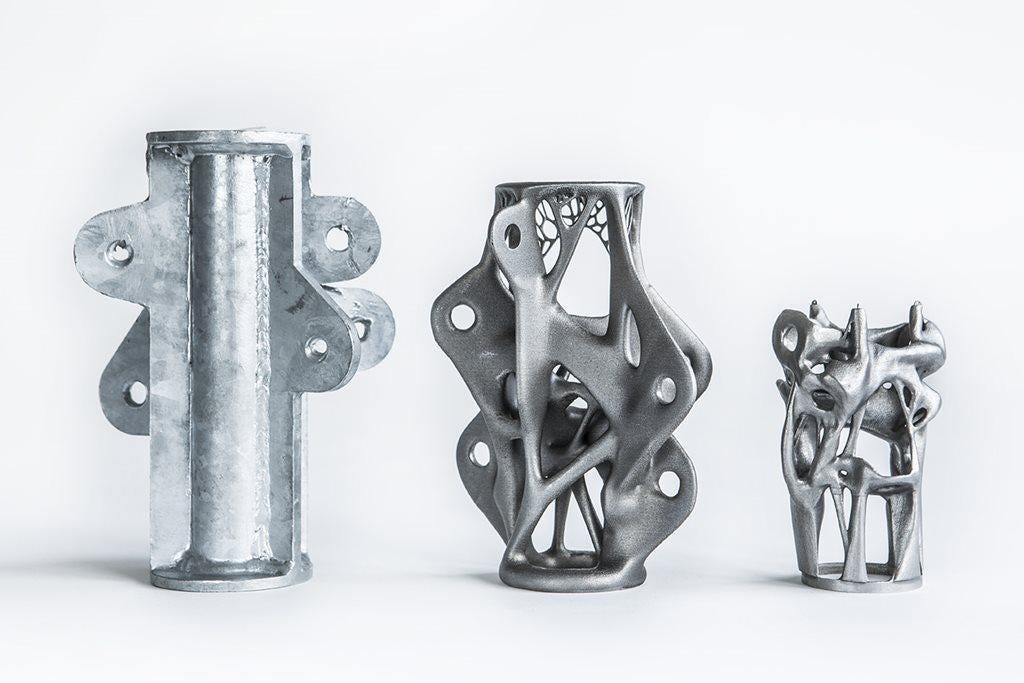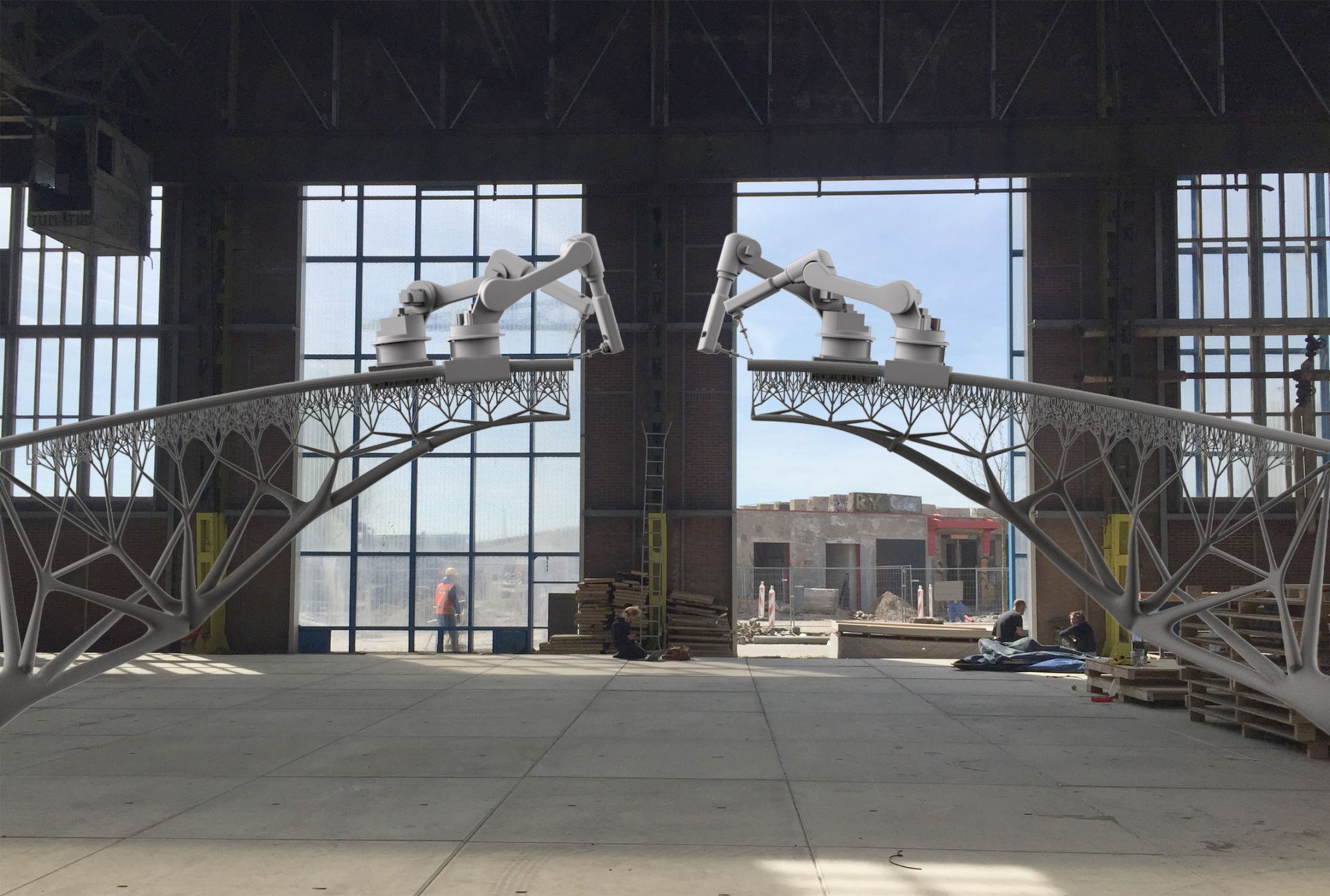Hello All,
I wanted to start a discussion on the future of the engineering profession in light of continued improvements in AI and automation. There is a lot of talk about many jobs being "outsourced" to AI or that can be completed with much less expense than before. A few that come to mind are truck drivers, customer service, and even radiology. It is a topic I have been interested in lately and wanted to get everyone opinion on how they see the engineering profession evolving in light of this. A few initial questions would be:
- What kind of engineering processes can and can not be completed with AI or could be automated in the future?
- Which branches of engineering are most/least vulnerable to automation? (Structural/Mechanical/ etc.)
- What does automation mean for licensing and duty to the public?
- Will there be less of a demand licensed engineers used mostly for confirmation of computer created designs?
- Do you see the value of an engineer increasing or decreasing in light of automation? Less
I am interested to hear everyone's thoughts on this. Thanks for reading!
Best,
Matt Soda, P.Eng
I wanted to start a discussion on the future of the engineering profession in light of continued improvements in AI and automation. There is a lot of talk about many jobs being "outsourced" to AI or that can be completed with much less expense than before. A few that come to mind are truck drivers, customer service, and even radiology. It is a topic I have been interested in lately and wanted to get everyone opinion on how they see the engineering profession evolving in light of this. A few initial questions would be:
- What kind of engineering processes can and can not be completed with AI or could be automated in the future?
- Which branches of engineering are most/least vulnerable to automation? (Structural/Mechanical/ etc.)
- What does automation mean for licensing and duty to the public?
- Will there be less of a demand licensed engineers used mostly for confirmation of computer created designs?
- Do you see the value of an engineer increasing or decreasing in light of automation? Less
I am interested to hear everyone's thoughts on this. Thanks for reading!
Best,
Matt Soda, P.Eng

![[glasses] [glasses] [glasses]](/data/assets/smilies/glasses.gif) Just traded in my OLD subtlety...
Just traded in my OLD subtlety...![[tongue] [tongue] [tongue]](/data/assets/smilies/tongue.gif)


